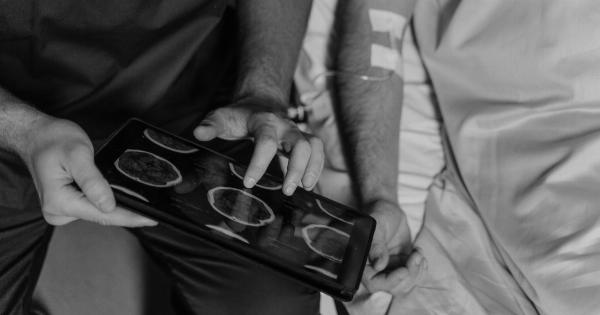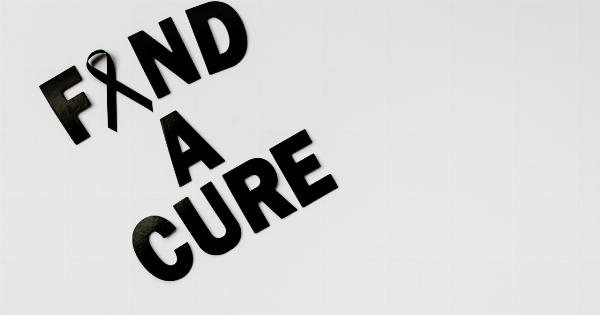When we think of breast cancer, we often associate it with women. However, breast cancer can affect men as well, albeit less commonly. Male breast cancer is a reality that often goes unnoticed and misunderstood.
In this article, we will explore the various aspects of male breast cancer, including risk factors, symptoms, diagnosis, treatment, and support.
Risk Factors
While the exact causes of male breast cancer are still unclear, several risk factors have been identified:.
1. Age
Advancing age is one of the major risk factors for male breast cancer. The majority of cases are diagnosed in men over the age of 60.
2. Family History
A family history of breast cancer, especially in close female relatives such as mothers or sisters, can increase the likelihood of developing male breast cancer.
3. Inherited Gene Mutations
Some gene mutations, such as BRCA2 and BRCA1, can significantly elevate the risk of breast cancer in both men and women.
4. Hormonal Imbalances
Conditions that cause hormonal imbalances, such as Klinefelter syndrome, and exposure to estrogen-related drugs can increase the risk of male breast cancer.
Symptoms
Male breast cancer often presents with similar symptoms to female breast cancer. These symptoms may include:.
1. Formation of a Lump
A painless lump or thickening in the breast tissue or under the armpit is a common symptom of male breast cancer.
2. Change in Breast Shape or Size
Male breast cancer may cause the breast to swell or change its shape, size, or skin appearance. Dimpling or puckering of the skin may be observed.
3. Nipple Discharge
Bloody or clear discharge from the nipple can be an indicator of male breast cancer.
4. Redness or Scaling
The skin over the breast may become red, scaly, or irritated, resembling conditions like eczema or dermatitis.
Diagnosis
Diagnosing male breast cancer involves a series of tests and examinations:.
1. Physical Examination
A healthcare professional will conduct a thorough examination of the breast and the surrounding areas.
2. Imaging Tests
Tests such as mammograms, ultrasounds, and MRIs may be conducted to assess the breast tissue and identify any abnormalities.
3. Biopsy
A biopsy is the definitive diagnostic test for breast cancer. Tissue samples may be obtained using a fine needle aspiration, core needle biopsy, or surgical biopsy.
Treatment
The treatment approach for male breast cancer is similar to that for female breast cancer:.
1. Surgery
Surgical options include mastectomy (removal of the breast tissue) and, in some cases, removal of nearby lymph nodes.
2. Radiation Therapy
High-energy beams are used to kill cancer cells and reduce the chances of recurrence following surgery.
3. Chemotherapy
Drugs are administered orally or intravenously to destroy cancer cells throughout the body.
4. Hormone Therapy
Medications may be prescribed to block the effects of hormones on breast cancer cells or to lower hormone levels.
Support and Awareness
Efforts to raise awareness about male breast cancer are essential in improving early detection and outcomes. Support groups and organizations play a crucial role in providing resources and emotional support for those affected:.
1. Male Breast Cancer Coalition
This nonprofit organization aims to provide support, education, and awareness for male breast cancer patients and survivors.
2. CancerCare
CancerCare offers free counseling, support groups, educational workshops, and financial assistance.
3. National Breast Cancer Foundation
While primarily focused on breast cancer in women, the National Breast Cancer Foundation also provides resources for men affected by the disease.
The Reality of Male Breast Cancer
In conclusion,
Although male breast cancer is less common than its female counterpart, it is a reality that cannot be ignored.
Recognizing the risk factors, understanding the symptoms, seeking timely diagnosis, and receiving appropriate treatment are vital in combating this disease. By raising awareness and offering support, we can strive for better outcomes and improved survival rates for men facing breast cancer.
























